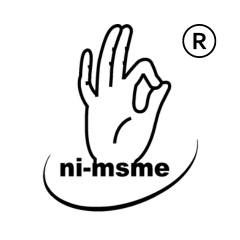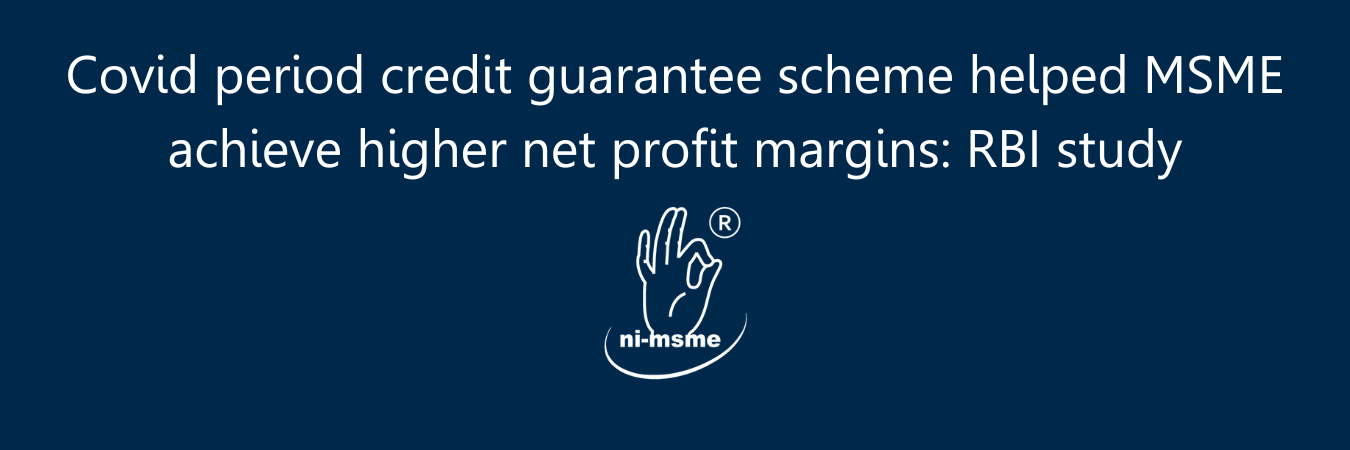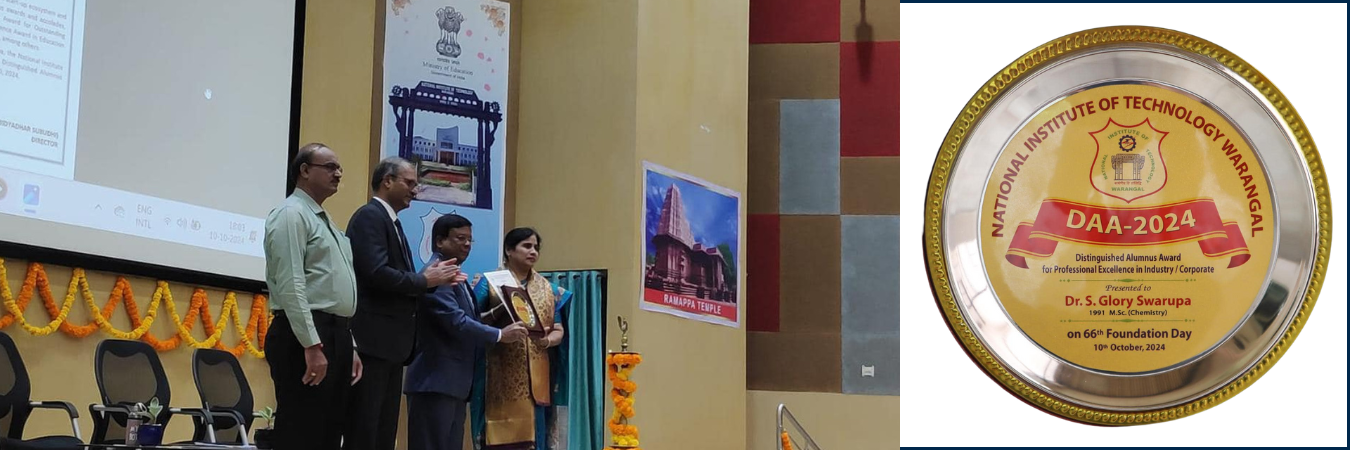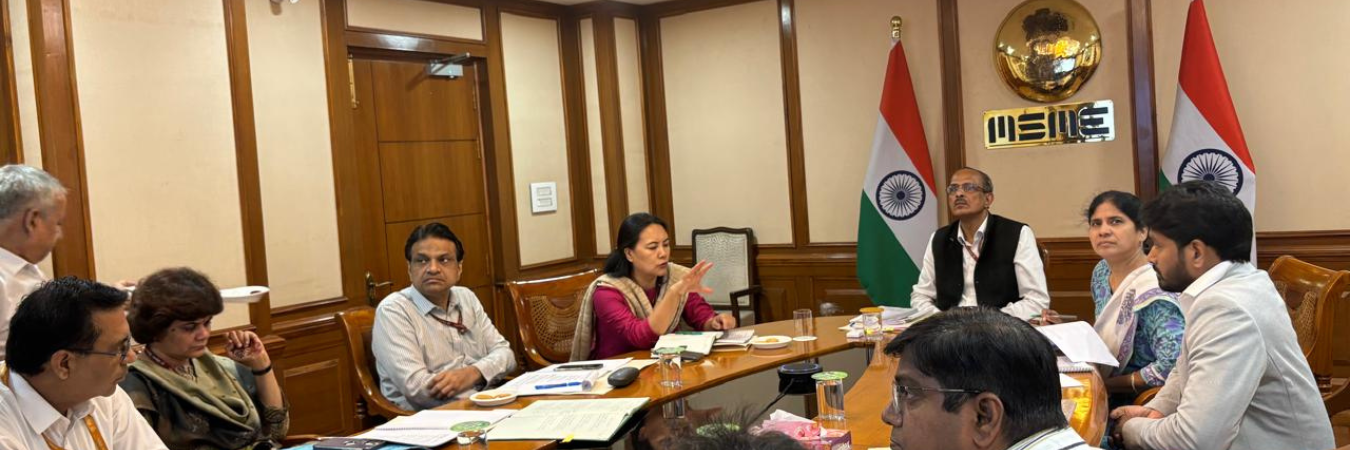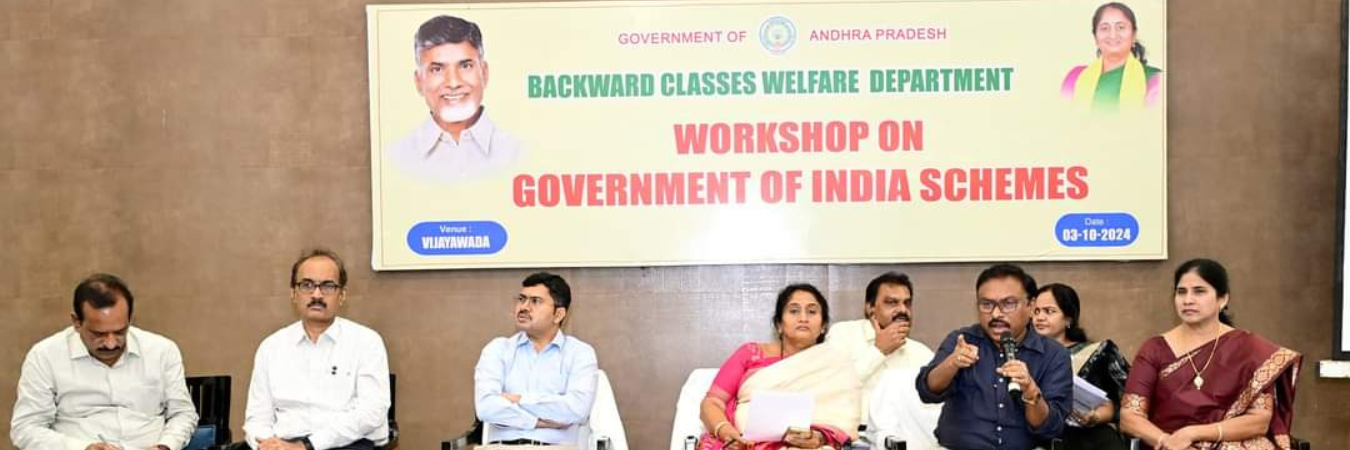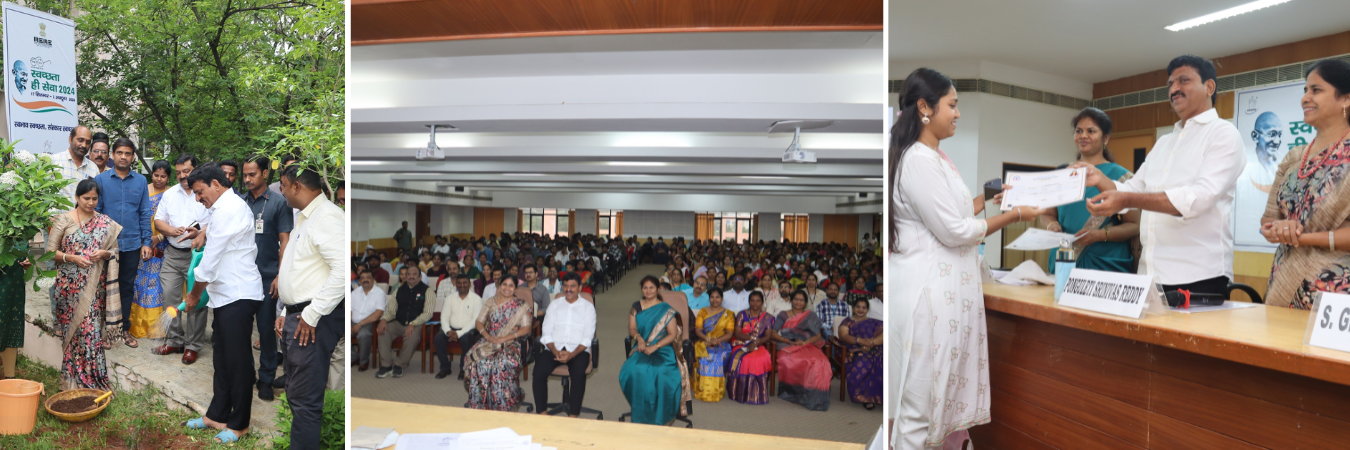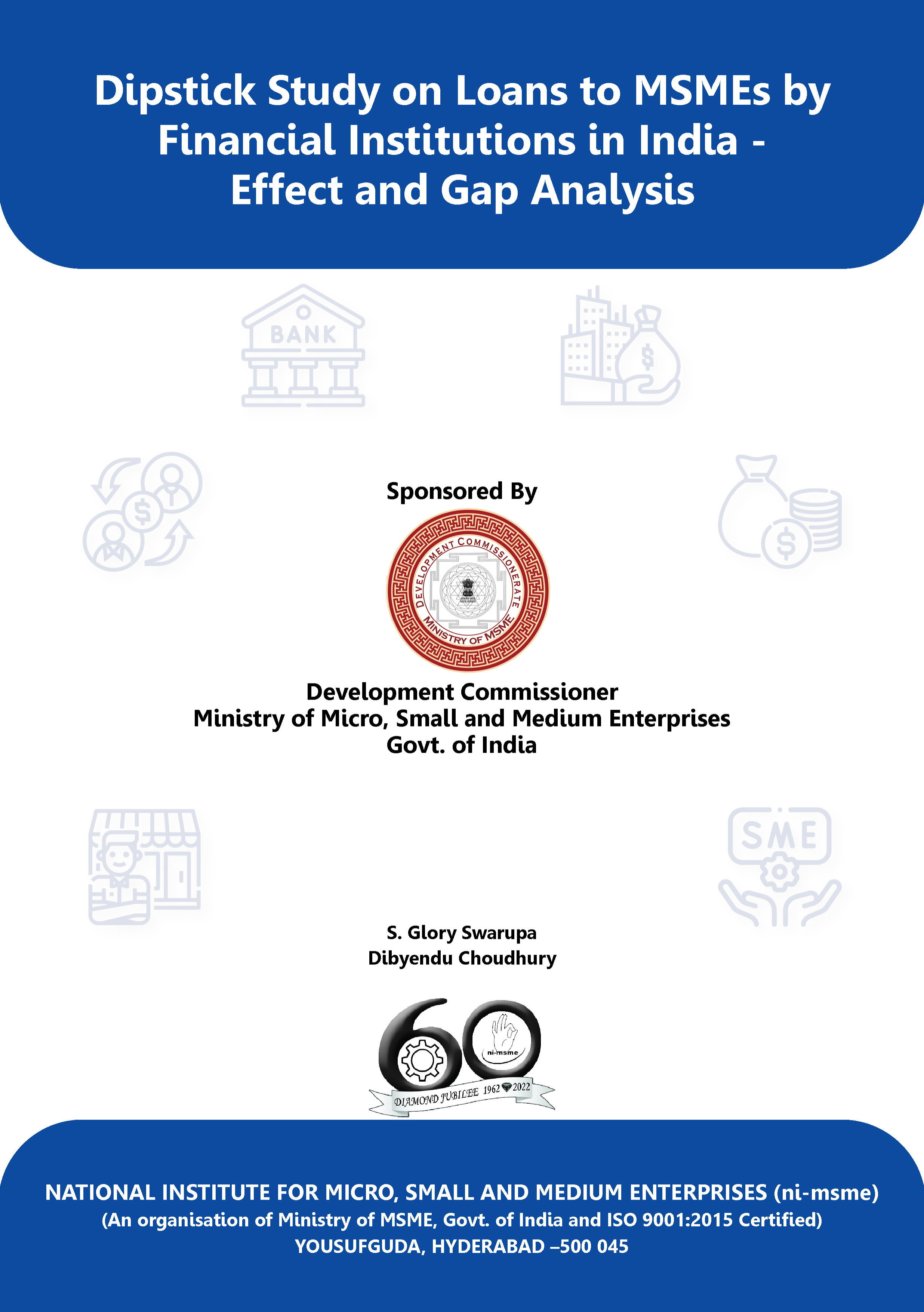
Dipstick Study on Loans to MSMEs by Financial Institutions in India - Effect and Gap Analysis
National Institute for MSME (ni-msme)
About Book
An estimated 6.3 crore MSMEs in India account for 45% of its manufacturing output and 40% of its exports and provide employment to about 11 crore people. The COVID 19 pandemic has disrupted small business across the country and the MSMEs are finding it difficult to sustain operations, achieve growth and to generate livelihood. The Govt. has reacted promptly since 2020 so as to provide, in addition to other support, financial support to these MSMEs through the banks and financial institutions. However, being commercial entities, banks and financial institutions are under internal pressure to reduce losses and to control NPAs accruing due to lack of repayment by the MSMEs, and hence are reluctant to lend to risky small business. Under the directions of the Govt., banks and financial institutions are engaged in releasing additional emergency financial relief to the existing MSMEs and also fund new start-ups, who are without experience or collateral. While the Govt. has realised that the revival of the MSMEs is key to employment generation, the response of the banks and financial institutions is not encouraging, and the MSMEs are finding it difficult to arrange working capital. Recognising problems between banks and financial institutions vis a vis MSMEs, the Govt. in MSME department commissioned a study to identify the gaps between the banks and the financial institutions vis a vis the MSMEs and to suggest measures towards sound growth of the MSME sector.
The overall objective of the research was to assess the effect of the financing provisions existing for the setting up and operations of MSMEs in the country and to generate recommendations for more robust financing mechanisms for successful operation of the MSMEs, in turn understanding the impact of MSME loans on financial institutions due to NPA. The perspectives of the banks and the financial institutions as well as of the MSMEs were studied. The priorities and objectives of the banks and financial institutions while lending to the MSMEs were studied by interviewing the bank and financial institutions personnel at all levels. The problems and priorities of the MSMEs were also similarly studied by talking to a cross section of MSMEs covering different segments. Total sample of 5000 respondents were covered in the study, including 1350 through the qualitative method and 3650 through the quantitative survey method. Of this sample, a total of 1150 was from the MSME sector, and a larger share of 3950 was from the banking and related sector (including the KVIC, opinion leaders and industry associations). Out of 1150 Entrepreneurs we have only accepted 1000 MSME Entrepreneurs (40% Micro Enterprises, 30% Small and 30% Medium) completed responses and opinions for this study. Amongst this total MSME Entrepreneurs we spoke to 58% who were first generation of entrepreneur; those who had set up the enterprise, and the rest 42% were second generation entrepreneur who inherited a running business. Both quantitative survey techniques and qualitative interviews were used to collect requisite information. Secondary literature was also explored to enrich the findings from primary enquiries which had created base for this study.
